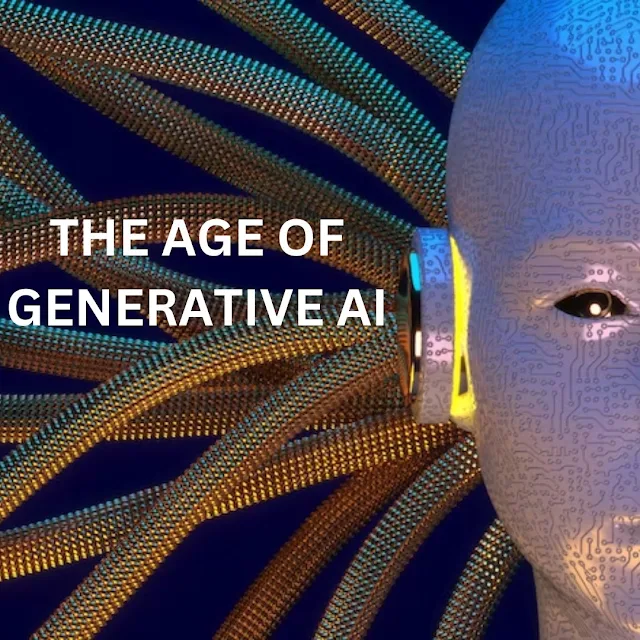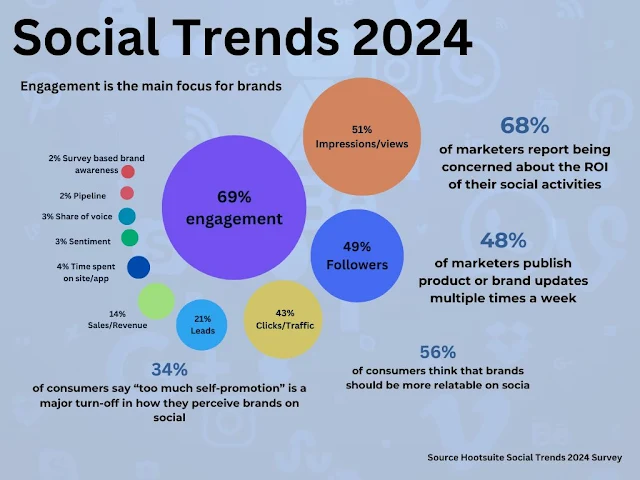
But while marketers were starry-eyed over AI, consumers revealed they were more skeptical. Over 60% said they'd be less likely to engage with content if they knew it was AI-created.
Different generations also had varying levels of trust. Gen Z was most chill with AI content, while Boomers were the wariest.

So while AI offered hope for busy marketers, it also meant rethinking ideas around "real" and "authentic" content.
The challenges didn't stop there either. The average social media user hops between 7 platforms per month. And trying to maintain a presence across so many channels emerged as marketers' top concern around social ROI.
It's just too hard to create tailored content and keep up with constant platform changes. In fact, over half of marketers admitted it's difficult to keep pace with new features being added all the time.
No wonder over two-thirds of marketers also named ROI as their top social media concern last year.
But here's the good news: rather than continuing the exhausting cycle of chasing every new platform and trend, brands finally started analyzing their ROI across each platform specifically. And they made strategic decisions based on that Intel.

If a platform wasn't demonstrating value, brands walked away. Just look at the 7% drop in brand usage of Twitter/X last year.
So what's the key to social media ROI in 2024?
First, take advantage of AI's potential while also understanding your audience's perspectives. Set guidelines so you avoid disasters but also don't shy away from innovation.
Next, run audits assessing your ROI on each platform and double down on the ones that are paying off. Refine your presence there rather than spreading yourself thin.
And finally, don't just churn out self-promotional content. Consumers made it clear they want entertainment and reliability.

Building genuine connections is what will pay off in the long run.
The social media hamster wheel won't stop spinning. But brands that focus their efforts will find themselves ahead of the pack when it comes to ROI.
